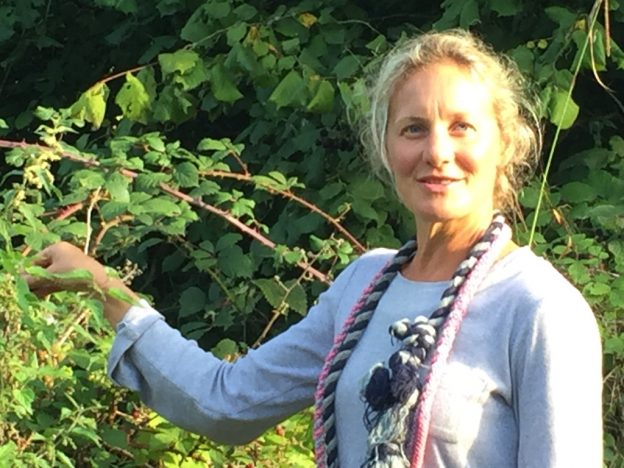
Early autumn is the perfect time to go foraging and put together foraged feasts. Mushrooms, berries, windfalls, and nuts are all plentiful at this time. Not only is foraging a truly sustainable way of finding wild food and connecting with nature, it can also support our wellbeing in a number of different ways.
Responsible foraging
Collecting wild food for free is the perfect way to feel connected with nature: this is after all how animals sustain themselves and how our ancestors lived. It is important, however, to share in earth’s bounty in a responsible way. The woodland trust’s guidelines on responsible foraging offer a common sense approach. The main things to remember are to limit what you take to what you will use and to minimise damage to the natural site within which you are foraging. Don’t pick and eat anything you are unsure about: remember many benign plants resemble their poisonous cousins – better be safe than sorry.
Foraging and mindfulness
Foraging is the perfect activity to help you develop your mindfulness. As you forage, notice your breath, notice the plants around you. Observe how you feel. Autumn is a great time to start as there is so much abundance but it is great to forage in every season and watch how each plant changes. You can try out different things: how about making your own elderflower cordial or picking your own blackberries to bake in a crumble. Wild garlic pesto, crab apple jam or your own vegan and gluten free treats? The possibilities are endless.
Foraging for health and nutrition
Many foraged foods are high in nutrition and are often overlooked or considered a nuisance. Did you know that dandelions are high in iron, calcium, magnesium and potassium? Or how about nettles – delicious in soups and teas and rich in vitamin C. Don’t pick nettles when in flower and wear protective gloves. The best time to pick them is in early spring. The other beautiful spring green, wild garlic shares many of the properties of bulb garlic. Blackberries are plentiful in autumn and can be eaten as they are or make delicious desserts or dressings. And, they freeze well too – so you can treat yourself in winter.

Blackberry Crumble Bars
Here’s a recipe for delicious vegan, gluten free blackberry crumble bars.
2 ½ cups gluten free oats
¼ cup gluten free flour (or use plain flour if you don’t need to use gluten free)
¾ cup brown sugar
¼ teaspoon salt
1 cup vegan spread
2 ½ cups blackberries
- Heat your oven to 180 degrees. Line a deep baking tray.
- Mix together oats, flour, spread, sugar and salt in a large bowl until the mix resembles large crumbs.
- Place half the mix in a tray and bake at 180 degrees for 15 minutes
- Remove tray and top the bottom crust with washed and dried blackberries. Top with the remaining mix
- Bake for 25 minutes until the blackberries are bubbling and the crumble is golden brown.
- Allow to cool fully if you are cutting into bars, but the tray bake is also delicious as a dessert served warm. Why not make dairy free frozen yoghurt to serve by freezing a cup of blackberries, and blending together with your favourite dairy-free yoghurt and sweetener.





Leave a Reply